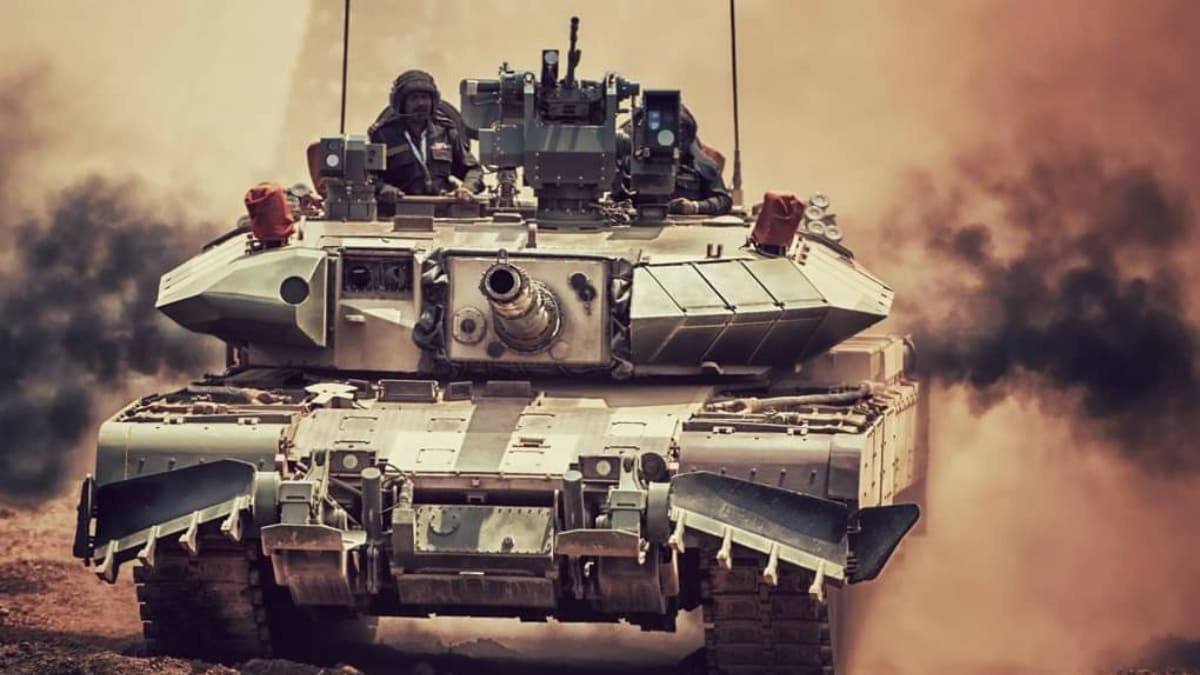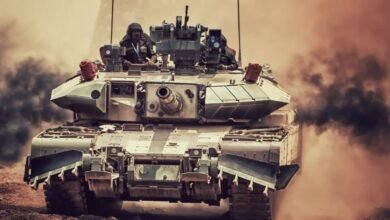In-Depth Analysis: IBGs-Integrated Battle Groups

Hello defence lovers, Indian armed forces have geared up for modernization based on upcoming technologies and the necessities of modern-day warfare. Many changes & upgrades are going on in all three forces. Indian army is also continuously evolving to keep itself prepared for any challenge on its way. IBGs – Integrated Battle Groups is one such new warfighting concept that the Indian army is looking for.
What Is IBG?
As part of the proposed major organizational restructuring to enhance its combat compatibility, the Indian army is looking for a new warfighting concept of IBG. ie. Integrated battle group.
IBGs are nothing but combat formations that are brigade-sized, agile, and self-sufficient and can swiftly launch strikes against adversaries in times of need. It is the lighter formation having its own infantry, armoured, artillery and air defence based on threat, terrain and task.

Forms, Types And Composition of IBG –
There will be two forms of IBGs
- Offensive – for aggressive roles & cross border operations. It may be more of armoured and mechanised oriented. So that they can move faster and quicker.
- Defensive – to push back the enemy and to hold the ground. It may be more of infantry oriented to hold ground.
Indian army plans to have two types of IBGs
- Smaller – for mountains.
- Bigger – for plains
Generally speaking, Each IBG may have 8000 to 10000 troops comprising of –
- 4 to 6 infantry and armoured battalions
- 2 to 3 it regiments.
- combat engineers
- integrated signals unit
- integral logistic team
Each IBG will be headed by a major general.
The composition of every IBG would differ on the basis of the terrain where it is located —
ie. an IBG operating in a desert needs to be constituted differently from one operating in the mountains.
What Lies Behind The Concept Of IBGs?
From 1971, the Indian army seems to have changed its thinking and the traditional way of infantry-centric warfare. Lightning and swiftly campaign against Pakistan made the war last for 14 days only. From then, the role of armoured, APCs, Tanks increased. Infantry too started adding more mechanized ways. Mechanized infantry regiment was raised in 1979.
Eventually, the Strikes Core and Holding Core came into the picture. But in December 2001, after the attack on our parliament, in operation Parakram, it was seen that they took too long to mobilize from their respective stations. The precious time was lost only in mobilizing the forces. The adversary got the opportunity to get ready and to counter-mobilize their forces. There was no way to launch the strikes corp.
This made us rethink and necessity of changing our force structure, our grouping, locations, and concepts was realised. Then the cold start strategy doctrine came in. And it called for IBGs. – Integrated Battle Groups which will be lighter, more agile, and self-sufficient to launch swift strikes on the enemy.

How IBGs Empowers The Indian Army ?
1) IBGs will be able to perform both offensive and defensive roles. It will involve both cross-border operations and withstand an enemy attack.
2) they take less time to get into the position and launch their attack.
3) it will be able to mobilize in 12 to 48 hours depending upon its location which will save precious time.
4) fastest speed in action means denying the opportunity to the enemy to react.
5) IBGs will be able to throw a better and dominant start to our forces in the war.
6) IBG means the element of sites will be integrated even in peacetime. Which means infantry, armoured, mechanized, signals, logistics, etc. Will exercise together in one place. It will improve coordination, Synergy, and Movement.
7) Such a self-sufficient organization will reduce the time of surveillance, reconnaissance, and target acquisition.
Does IBGs Mean No To Divisions?
No. The IBGs coming in doesn’t mean the divisions go away. IBGs will be efficient to undertake offensive operations because they will know where exactly the enemy is. The UAVs and satellites with improved efficiency will provide necessary intelligence to IBGs.
But where we have less intelligence we need divisions in this situation.
IBGs are meant for shallow objectives. They are meant for specific tasks. But Divisions are able to carry out actions in the larger picture. Suppose, If tomorrow we want to take Aksai Chin, IBGs won’t be sufficient. we will need divisions there.
Does IBG Give Us Edge Over Nuclear Armed Adversaries ?
Our advisories from both the frontiers, eastern and western, are nuclear-armed. No adversary will wait for its millions of casualties to use nukes against us.
In fact, Pakistan clearly louds its stand that it can be the first one to use its nukes against India if the threshold is crossed.
Unofficially, the mains points of threshold are
- if Indian forces crosses their green belt.
- if their crown jewels ( nuclear weapons storage & facilities) are affected.
- if Pakistan is about to break as a result of the Indian attack.

In this scenario, let’s say strike corp goes in. With objectives that are 70 to 100 km inside, it will take much more time. Probably it will not achieve its objectives as the time window that we get now is much smaller. (because of nukes & advanced warfare)
Here comes, the Integrated Battle Groups which will be more effective and accurate enough to achieve their shallow and limited objective inside the enemy territory at a much faster pace.
Recent Developments And Way Forward-
Indian army has already tested and war-gamed the IBGs in exercises for both fronts. The final approval and process of IBG- finalization is underway. Soon the IBGs will be operational out from existing formations, by early 2022.





